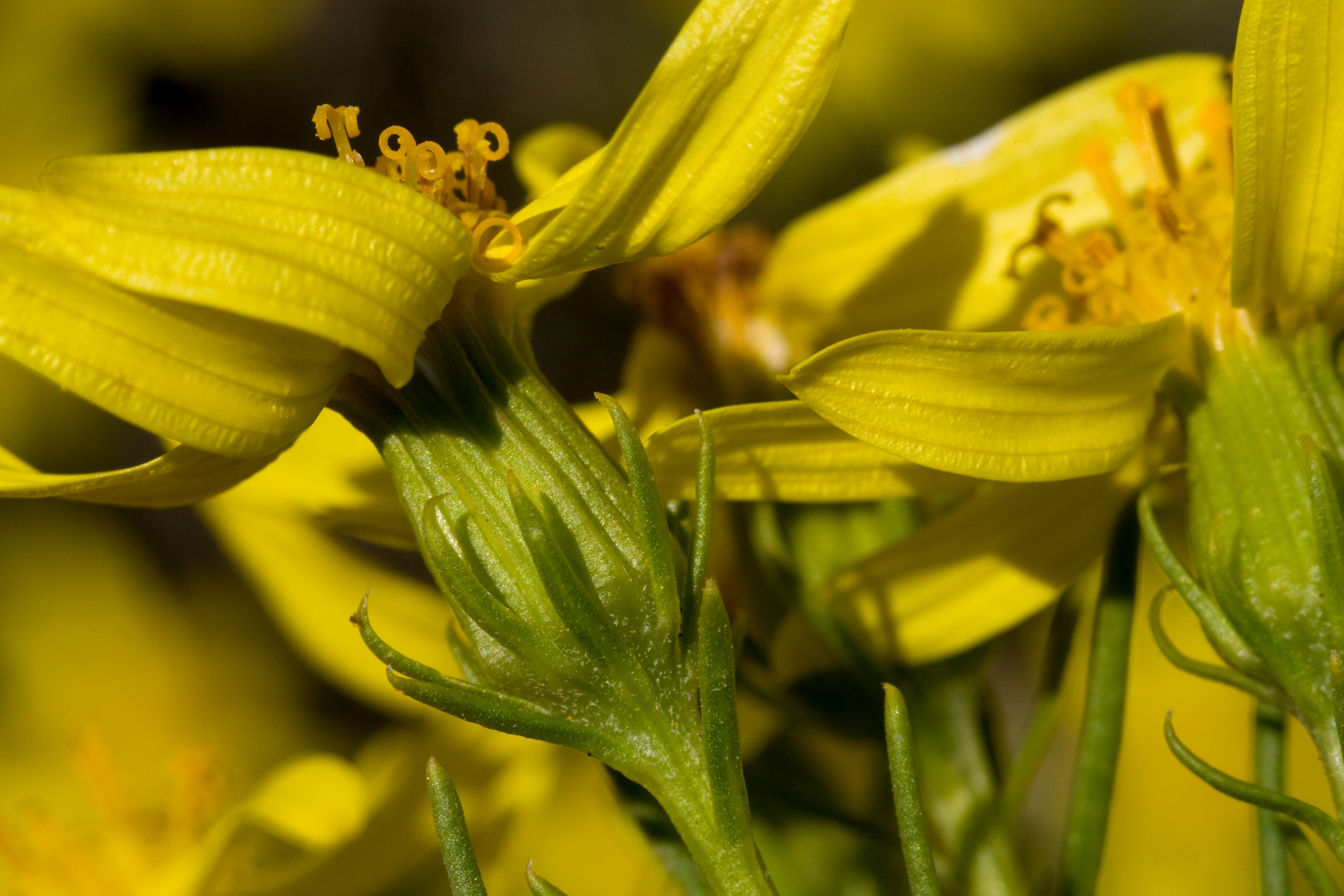This is most likely to be my last week here at the BLM in Medford, OR. My partner and I have finished the annual report and our final task is now sorting through our vouchers, performing quality control, and shipping vouchers out to OSU and the Smithsonian.
It’s been an interesting journey. While printing out maps and reviewing vouchers, waves of memories of the amazing landscapes and small adventures that were flew into my mind. I was reminded of how rewarding this experience really was. I learned an immense amount of knowledge and wisdom and had the opportunity to meet many people from across the pacific northwest that are involved in native plant seed increase, native habitat restoration, various research projects, and more.
I’m not sure what will be next. I’ll be spending my time finishing up my graduate program at Southern Oregon University and graduating in March with my M.S. in Environmental Education. I go back and forth about returning for another season next year. I feel ready to move on to something else, but at the same time I’m terrified of job hunting.
My interest these days is in encouraging the public to enhance their landscapes with native wildlife habitats and I hope to find some sort of work that allows me to do that in some capacity. I feel that my experience here has given me the experience necessary to move in that direction, given the numerous ecoregions, habitats, and microhabitats that we have explored along with the botanical surveys we conducted at all of these locations. I am especially interested in figuring out how to get native plant materials to the general public in a more accessible and affordable way. I have also had the opportunity to do mycological education with kids and adults recently and I would very much like to lead educational mushroom hikes next year during Spring and Summer.
At any rate, so life continues.
I wish everyone the best in whatever it is they end up pursuing. But above all else,

















































